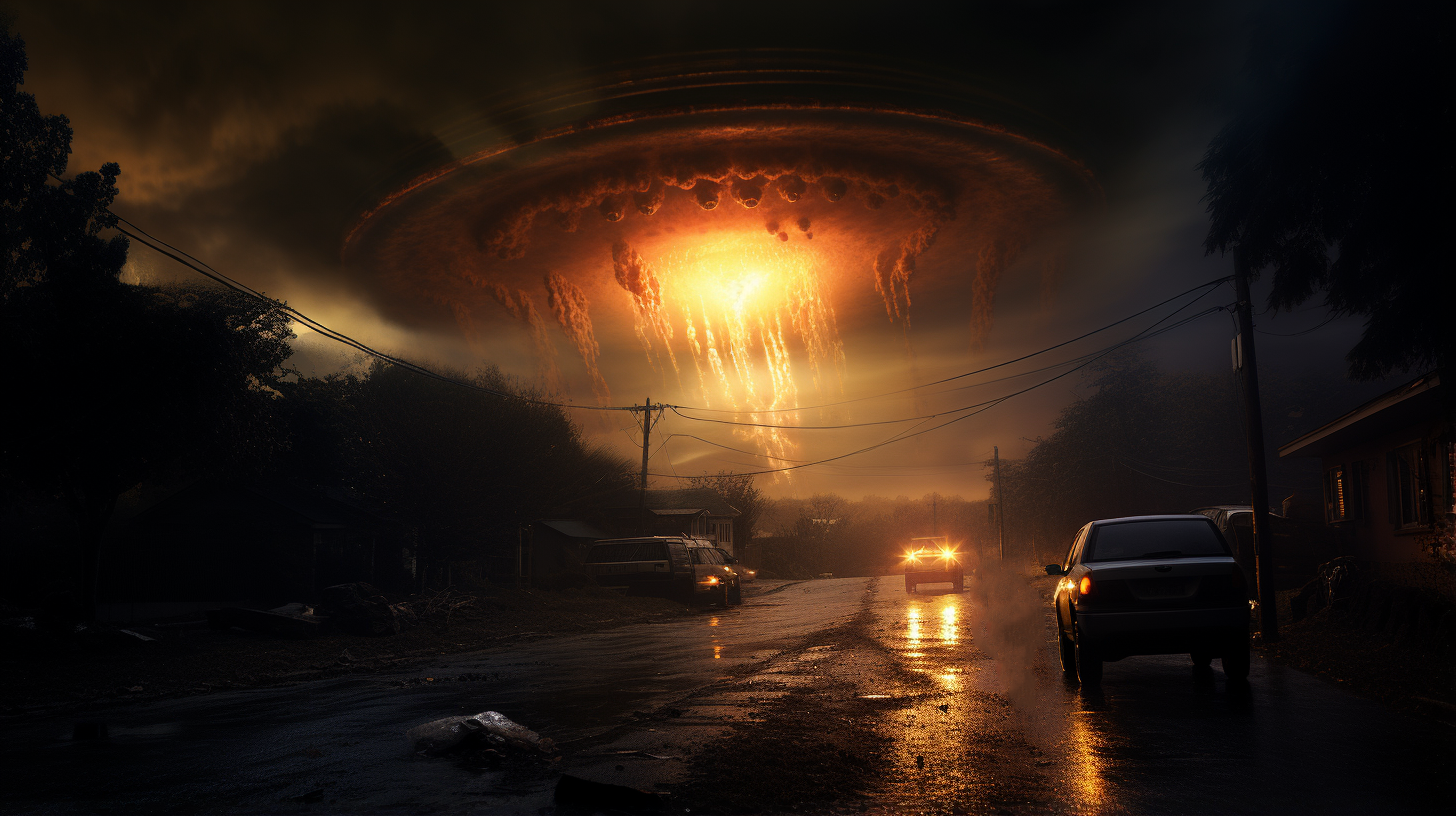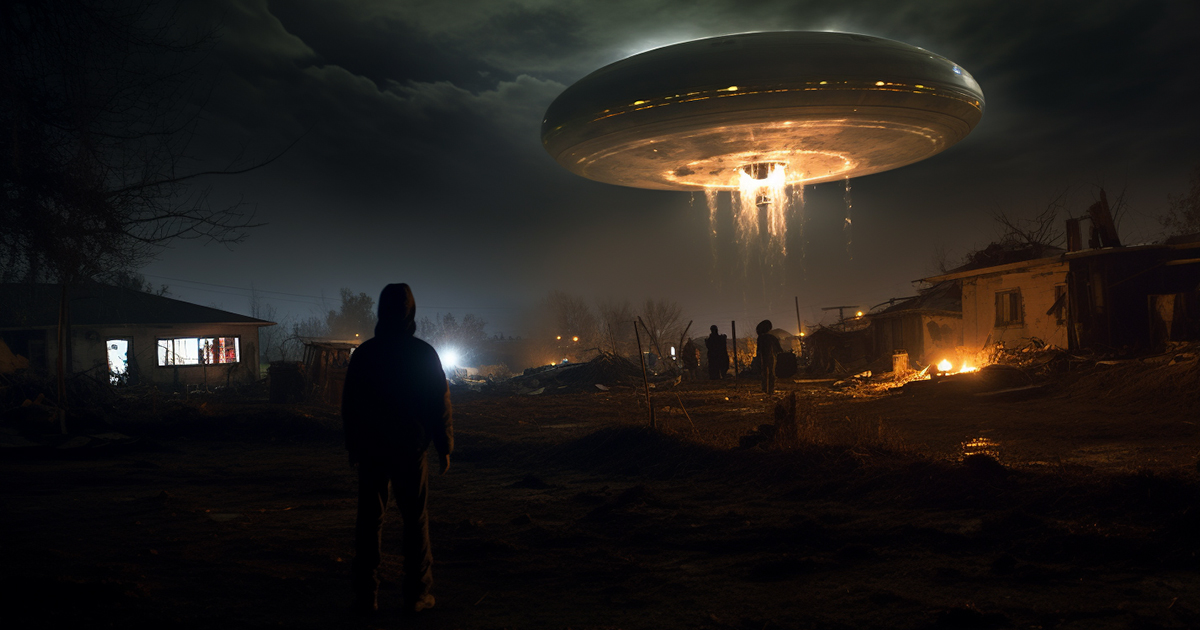Hidden deep within the remote Spitsbergen archipelago in Norway, adjacent to the icy Arctic Ocean, lies a symbol of human ingenuity: the Svalbard Global Seed Vault, known as the Doomsday Vault.
Nestled in this extraordinary location is a refuge for the diverse genetic material of plants, animals, and even humans, meticulously designed to withstand a multitude of catastrophic events, ranging from floods to nuclear explosions.
Dubbed the “Doomsday Vault,” the Svalbard Seed Bank represents a collaborative effort on a global scale to preserve genetic diversity. Its mission is to safeguard the seeds of a variety of crop plants, acting as a biological safety net for humankind.
The vision is daring and forward-thinking: in the face of a global disaster, the Doomsday Vault will serve as a frozen sanctuary, protecting seeds for centuries to come.
However, the Svalbard Vault is just one piece of a larger puzzle. Around the world, numerous biological reserves have emerged with similar objectives.

The Millennium Seed Bank in England surpasses the Svalbard Vault in size, and a comparable facility has been established by the U.S. government in Fort Collins, Colorado. Together, these initiatives aim to protect Earth’s biodiversity, preventing the loss of our genetic heritage due to any single catastrophic incident.
One driving force behind these seed banks is the looming threat of a massive asteroid impact, reminiscent of the cosmic collision believed to have triggered the Great Flood in ancient mythologies.
Scientists caution that it’s not a question of if, but when, another significant asteroid will collide with Earth, potentially causing widespread ecological devastation. In the face of this inevitability, the preservation of genetic diversity becomes crucial.
In February 2013, an asteroid large enough to obliterate New York City came within a mere 18,000 miles of our planet’s surface. Moreover, projections indicate that another catastrophic impact could occur within the next two decades.
The dangers are formidable, and our genetic diversity remains dangerously concentrated, leaving humanity vulnerable to a catastrophic reset.
Amidst these discussions arises an intriguing question: Could extraterrestrial beings influence, or even trigger, the impending catastrophe? Theorists propose various ideas, from the concept of alien observers silently monitoring Earth’s fate to the unsettling prospect of them actively shaping it.
Some theorists suggest that extraterrestrial entities, viewing humanity as their creation or possession, might choose to manipulate our destiny to align with their desires.
In this perspective, human evolution on Earth is depicted as a complex experiment overseen by aliens. These enigmatic beings could have a vested interest in our survival as their direct descendants or experiments.
Thus, they may be closely observing our progress, ensuring that we navigate Earth’s upcoming crises effectively.
The lingering question remains: Are extraterrestrials observing us not to harm, but to assess our ability to withstand Earth’s forthcoming challenges? While pondering this captivating notion, we must also reflect on our role in securing our survival and contemplate how many will persevere.
Video:
In a world teetering on uncertainty, the Global Seed Vaults serve as a testament to humanity’s commitment to preserving the planet’s rich genetic tapestry. Whether shielding against natural disasters or pondering the enigmas of the cosmos, these remarkable sites underscore the importance of safeguarding and celebrating our world, no matter what may transpire.
